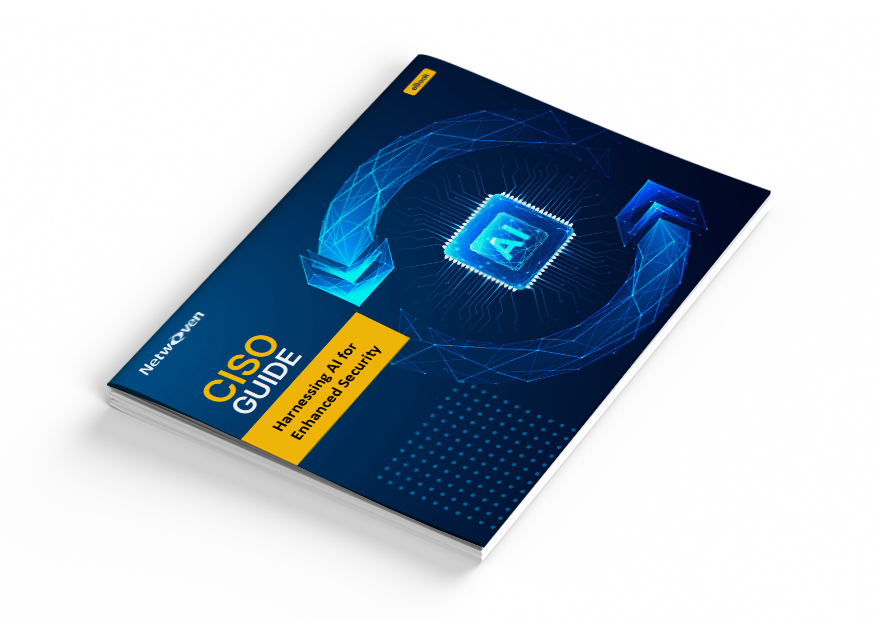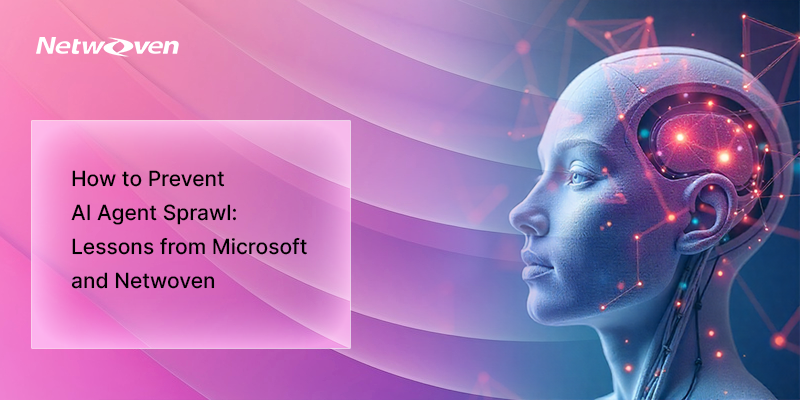Introduction
Agentic AI will transform industries in healthcare, finance, logistics, customer service, and so on. Building intelligent agents that can act, perceive, learn, and reason independently needs to be dealt responsibly. As they say, with great power comes great responsibility – and with this powerful tool comes the critical need for robust data security.
Over the last 12 months, 73% of businesses have experienced at least one AI incident, costing them an average of $4.8 million per breach. (Metomic, 2025).
Organizations take an average of 290 days to identify and contain AI-specific breaches, significantly longer than the 207 days for traditional data breaches. (IBM Security Cost of AI Breach Report, Q1 2025).
And while these independent entities are created and deployed, it is paramount to protect the data they generate, consume, and rely on for their efficacy. An adversary who can penetrate an agentic AI system threatens not only records and data, but decisions, operations, and safety itself.
A crucial question arises: how can we ensure strong data security in this new age of AI?
The Unique Data Security Challenges of Agentic AI
Agentic AI introduces several distinct data security considerations beyond traditional software development:
- The ability for Agentic AI applications to perform multiple processes simultaneously, call out to external APIs, and create new sub-tasks result in an attack vector. This could be abused by an attacker to consume CPU time and memory, which can lead to a denial of service or worse.
- Agents also need to store and retain significant amounts of data for learning thereafter, it tends to be challenging to ensure the security in each phase involving this persistent data.
- If an agent’s decision-making is questionable, sensitive information could also be accidentally disclosed, mishandled, or erased.
- Agentic AI development frequently relies on pre-trained models, third-party libraries, and external datasets, and it’s crucial to secure each supply chain component.
- Data movement in agentic systems can be very fluid and unpredictable, thus making it harder to define static security constraints and surveillance actions.
- It’s incredibly difficult to debug and audit data security incidents in complex, opaque agentic systems.
Core Pillars of Data Security in Agentic AI Development
These challenges need to be addressed in a multi-perspective manner, by weaving security best practices into the end-to-end AI application development lifecycle.
1. Security by Design:
- Proactively identify potential data security risks and vulnerabilities from the outset of the development process through threat modeling.
- Ensure agents only have access to the data and resources absolutely necessary for their function by applying the least privilege principle.
- Collect and retain only the data essential for the agent’s operation, practicing data minimization to reduce risk.
- Explore privacy-preserving technologies like differential privacy, homomorphic encryption, and federated learning to protect sensitive data while enabling agents to learn and operate.
2. Robust Data Governance:
- Establish clear data policies for data collection, storage, processing, access, and retention.
- Implement strong access controls and authentication mechanisms for both human users and other AI agents interacting with the system.
- Maintain comprehensive data lineage and audit trails to record data origin, processing, and responsible agents, crucial for forensic analysis in case of a breach.
3. Secure Development Practices:
- Train developers on secure coding guidelines specific to AI applications, including input validation, error handling, and dependency management.
- Regularly perform vulnerability scanning and penetration testing on agentic AI applications to identify exploitable weaknesses.
- Integrate security checks and balances into your secure MLOps pipelines, ensuring model integrity, data validation, and secure deployment.
4. Continuous Monitoring and Incident Response:
- Implement sophisticated monitoring systems for real-time threat detection of anomalous data access patterns, unauthorized activities, or suspicious agent behavior.
- Set up automated alerting to notify security teams of potential breaches or policy violations.
- Develop a clear and well-rehearsed comprehensive incident response plan for containment, eradication, recovery, and post-mortem analysis of data security incidents.
5. Ethical AI and Trustworthiness:
- Design AI models that are easy to understand, showing how decisions are made and how data is used. This builds trust and helps with security checks.
- Identify and correct biases in training data to prevent unfair or insecure results.

Ebook: CISO Guide – AI and Security
The guide, Securing Your Organization in the World of AI, is a first in the series of guides and a must-read for cybersecurity leaders looking to harness AI while ensuring robust security. Download the guide to enhance your cybersecurity strategy to manage AI driven threats and build a more resilient digital infrastructure.
Get the eBookConclusion
As agentic AI moves from concept to wide implementation, data protection must be a foundational concept, not a tacked-on concern. Security needs to be a part of design, development, and operations. Now, by putting security first, setting good governance, and keeping a watchful eye, we can reap the benefits and at the same time, guard against the threats surrounding agentic AI and protect our greatest asset: our data. It is our ability to secure and future-proof it. Let’s build that future responsibly.























